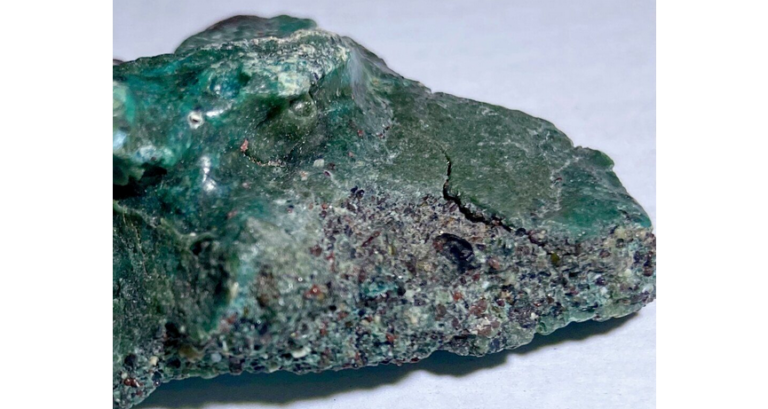By now, many of us have seen the disturbing photos of the Great Pacific Garbage Patch, where the vortex forces of the world’s biggest ocean has created two massive patches of plastic waste and other maritime trash that litters our watery globe. But plastics aren’t happy just remaining in the form of a discarded shopping bag or McDonald’s straw—plastics tend to get everywhere. In fact, plastics are so ubiquitous, they reside in your body right now.
Plastics are now also infecting the Earth’s geology—so much that experts are now calling to formally recognize a new kind of sedimentary rock: plastistone. Deyi Hou, an associate professor at Tsinghua University in China, and his colleague Liuwei Wang recently wrote a paper about the emergence of this new plastic-rock fusion.
Claudine Gay resigns as Harvard President, claims “racial animus” fueled criticism
“Sedimentary rocks are the dominant rock type found on the Earth’s surface, and they are highly susceptible to influence by human activities,” the paper reads. “We contend that these novel plastic forms meet the criteria of a sedimentary rock…we propose the adoption of an existing term ‘plastistone’ with a revised definition to collectively describe these novel plastic forms.”
Continue here: Popular Mechanics
Ask me anything
Explore related questions





